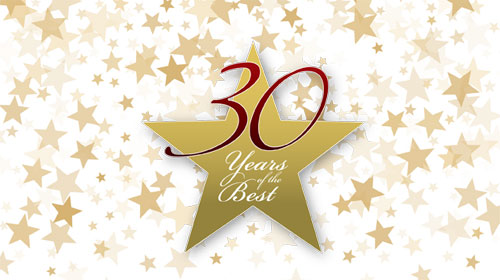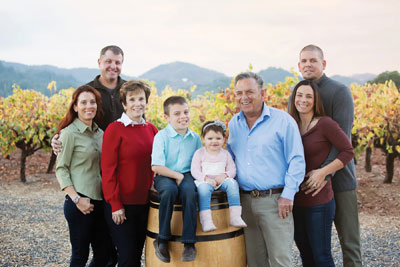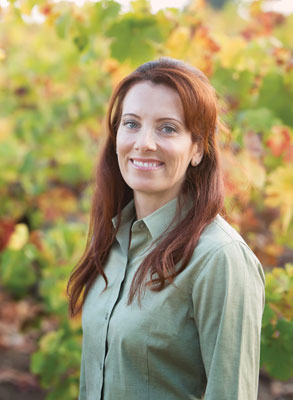A. Rafanelli Winery

“If you start with good fruit, you can make a good wine.”—Rashell Rafanelli, winemaker, A. Rafanelli Winery
If you’re from Sonoma County, then chances are you know a bottle of A. Rafanelli Zinfandel isn’t easy to come by. A fourth-generation, family-owned operation, A. Rafanelli Winery is well regarded for its reds, so it’s not surprising it was voted Best Zinfandel for the fourth time in NorthBay biz magazine’s annual readers’ poll.
How does it feel to be voted Best Zinfandel? “It’s exciting to be recognized locally,” says Rashell Rafanelli, better known as Shelly to family and friends. She serves as winemaker and oversees production for the family business. “We’ve been here so long. It’s a high compliment. There’s so much competition, and it raises the standard. It’s a huge responsibility.”
 The winery was founded by Italian immigrants, Alberto and Leticia Rafanelli, in the early 1900s when they settled in Healdsburg to grow grapes. Their son, Americo, carried on the family tradition and moved the winery to Dry Creek Valley in the early 1950s. There, in the heart of the valley, he began to farm Zinfandel winegrapes, though it wasn’t until the early ’70s that the winery began selling wine commercially.
The winery was founded by Italian immigrants, Alberto and Leticia Rafanelli, in the early 1900s when they settled in Healdsburg to grow grapes. Their son, Americo, carried on the family tradition and moved the winery to Dry Creek Valley in the early 1950s. There, in the heart of the valley, he began to farm Zinfandel winegrapes, though it wasn’t until the early ’70s that the winery began selling wine commercially.
Perched on a knoll that offers a sweeping view of the valley, the rustic winery is a place where guests can sink into the experience and relax. Today, Americo’s son, David, and his wife, Patty, still oversee the business, producing 11,000 cases each year, and their daughter, Stacy, manages sales and the mailing list for the business.
What’s the secret to making a good Zinfandel? According to Shelly, the winery still produces its wine using traditional practices. “If you start with good fruit, you can make a good wine,” says Shelly. “Our grapes are all hand-harvested and hand-sorted, aged in oak, and we do open-top fermentation in small lots, which are manually punched down every four to six hours. It’s definitely not high-tech. It’s more hands-on and more labor intensive. It’s a natural style of winemaking,” she adds. “We rack the wines, instead of using ‘fining’ additives or filtering them. There’s more sediment, but it doesn’t strip body or color.”
The winery doesn’t rely on elaborate marketing plans or promotions to sell its wine. Instead, business is  conducted by word of mouth. “My parents started a mailing list of loyal followers years ago, so you won’t find our wine in stores,” says Shelly. “People appreciate the style and consistency of our wines.” Most wine is sold directly to consumers on their mailing list, and to select restaurants throughout California.
conducted by word of mouth. “My parents started a mailing list of loyal followers years ago, so you won’t find our wine in stores,” says Shelly. “People appreciate the style and consistency of our wines.” Most wine is sold directly to consumers on their mailing list, and to select restaurants throughout California.
When’s the best time to indulge in a glass of Rafanelli Zinfandel? “Unlike a Cabernet, Zins aren’t meant to age a long time,” says Shelly. The best time to pop the cork depends on the winemaker’s style. “The key is to find the perfect balance, but be prepared for how Zin changes. If you drink it when it’s first released, it’s fruit forward and jammy—vibrant and lively,” she says. “But if you wait seven to 10 years, the fruit evolves and it becomes softer, much like a Claret.”
The Rafanelli family has mastered the art and science of red wines for more than 100 years and has established a loyal following in the process. “We’re a red house,” says Shelly. If you haven’t had the opportunity to enjoy a Rafanelli Zinfandel, call the winery and book a reservation for a tasting.
Author
-

Karen Hart is the editor of NorthBay biz magazine, keeping her finger on the pulse of the North Bay, directing content and leading day-to-day operations of the editorial team. An award-winning writer, Karen brings more than 30 years of experience to the position. She is a member of the California Writers Club, and serves on the Journalism Advisory Council at Santa Rosa Junior College. She moved to Sonoma County in 2000, and she’s here to stay.
View all posts




